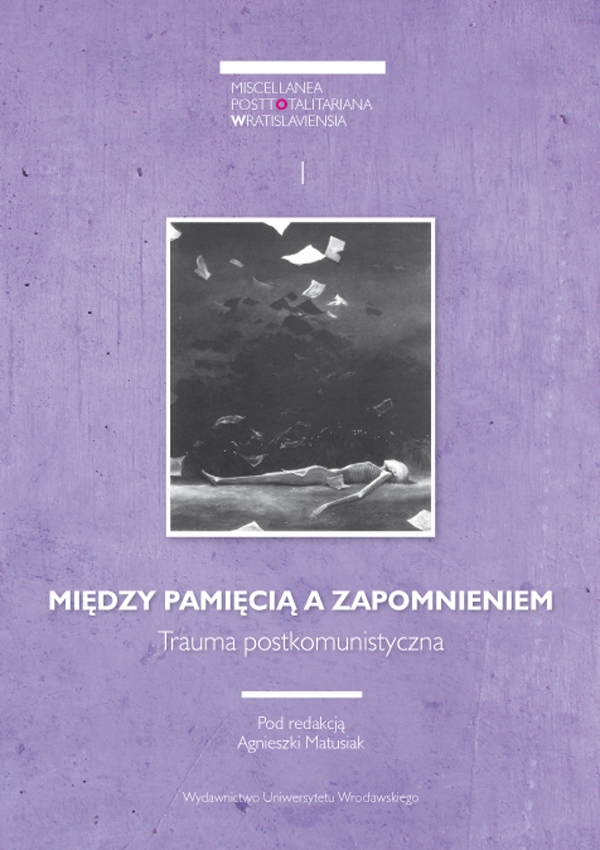

Artykuły

Ukrainian cinematic art and totalitarianism second half of the 1960s–1980s
The article conсiders confrontation of soviet system and filmmakers, degree of freedom of artistic creativity of intellectuals in totalitarian state, as well as system of punishment that was used against diссidents. The art of cinema as being most massive and influential has received considerable attention from the Soviet state. Ideological format of cinematography development has remained unchanged for decades, its dogmatism and conservatism became a powerful factor in distorting public consciousness. Cinema was to promote communist consciousness of the people and strengthen links with practices of building socialist system. The main method which was available to filmmakers in their works is socialist realism and it was used as basiс for creation of high artistic works that glorified heroic deeds of soviet people — builders of communism. Real achievements and losses of Ukrainian cinema of the second half of the 1960s and first half of the 1980s became clear only with the beginning of liberalization of spiritual life from the time of „perestroika” and development of national cultural life in independent Ukraine.
Украинское киноискусство и тоталитаризм вторая половина 1960-х–1980-е годы
В статье рассматривается противостояние советской власти и кинематографистов, проблема творческой свободы интеллигенции в тоталитарном государстве, а также система наказаний, которая применялась против несогласных. Идеологический формат развития кинематографии оставался неизменным на профактором общественного сознания. Кино должно было способствовать воспитанию коммунитяжении многих десятилетий, его догматизм и консерватизм стали мощным деформирующим стического сознания людей и укреплению связей с практикой социалистического строительства. Действительные достижения и потери украинского кинематографа второй половины 1960-х– 1980-х годов стали понятны лишь с началом либерализации духовной жизни со времен „перестройки” и развития национально-культурной жизни в независимой Украине.